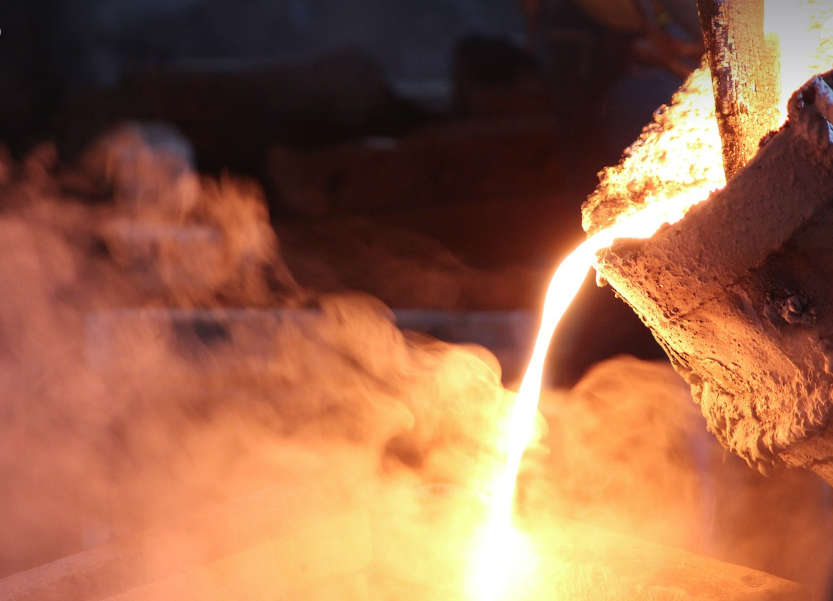Heat resistant steel is a kind of steel which works at high temperature with heat resistant and thermal stability. The main characteristic of heat resistant steel include heat resistant, corrosion resistant, wear resistant, Resistance to high sulfur, impact resistant, free-cutting and weldable. This steel is not easy to cause hot cracking problem after repeat using because of these features. Heat resistant steel includes Martensitic heat-resistant steel, Ferritic heat-resistant steel, Austenitic heat-resistant steel, Precipitation enhanced heat-resistant steel and Heat-resistant alloy.
Heat resistant steel mainly includes the chemical composition of Cr, Ti, Mn, Al, Si, N & Co. The effects of each element is as below:
Cr is about 10-30% , higher the content, the better property of heat resistance.
Ti is about 2-15% which has high strength and corrosion resistance.
Mn is about 2-8% which can improve the thermal strength.
Al is about 2.5-4.5% which can improve corrosion resistance.
Si is about 0.3-2% which can improve melting property.
N is about 0.15-0.3% which can improve antioxidant.
Co is about 0.5-2% which improve heat resistance and oxidant resistance.
The defect of heat resistant steel during cast is poor fluidity, large shrinkage and sticking sand easily, so followings are what we need to pay attention during cast:
Alloy Compositions Controlled: The balance of alloy compositions is the key of casting heat resistant steel. Out of balance is one of main reasons of causing hot cracking. For example, Vanadium is more than standard will cause the strength of cast decrease. The excessive composition of Al will cause blowholes found in the cast. All of them will lead to hot cracking problem.
Casting Temperature Controlled: The casting temperature has a great influence on the stainless steel cast. The appropriate casting temperature range is determined according to the alloy classification, casting structure and the casting characteristics. Generally, the casting temperature is between 1540-1580℃.
Casting Speed Controlled: Making sure the flue gas is out of casting cavity completely, the stainless steel castings that needs to be solid in the same time should be cast with a higher speed, the casting speed for sequence solidified casting should be slower.
Remaining Stress Treatment: Remaining Stress is another important reason that caused thermal cracking. It comes from the stress caused by the temperature gradient and the shrinkage during solidification process, and the stress caused by the brittleness and toughness of the metal during the temperature change process. Decreasing remaining stress could be realized through reasonable design of cast solidification and shrinkage process.
Excessive Hot Problem: If the casting temperature is higher or continued casting time is loner, which will cause casting excessive hot, and will affect the inner structure and mechanical property, and increase thermal crack risk. So controlling temperature and time reasonably is needed.
Wall Thickness Design: The designed wall thickness of heat resistant casting is very important. The wall thickness can not be too thin. Generally, the thickness is more than 15mm, and the corner should be designed with rounded corner to facilitate the flow of metal liquid and reduce the stress concentration.
Welding Treatment: For the welding process to the heat resistant casting, which needs dot welding, balanced welding and integral welding. The aim to avoid thermal cracking as stress concentration. At the same time, It still needs to pay attention to the welding temperature and welding defect treatment during welding.
In summary, we need to study the characteristics of cast material in detailed, and then can control the cast quality, avoid some cast problems during production. These could improve the production efficiency and reducing production cost as well.

